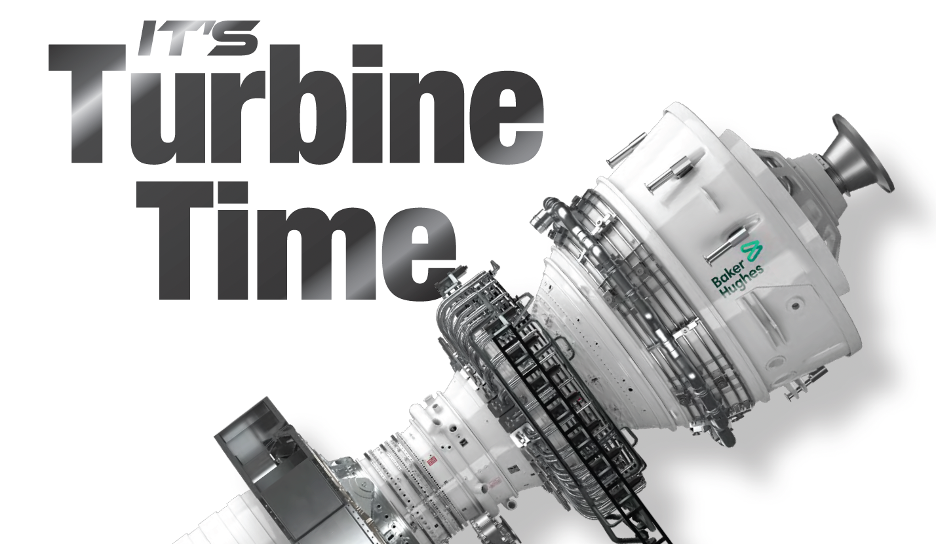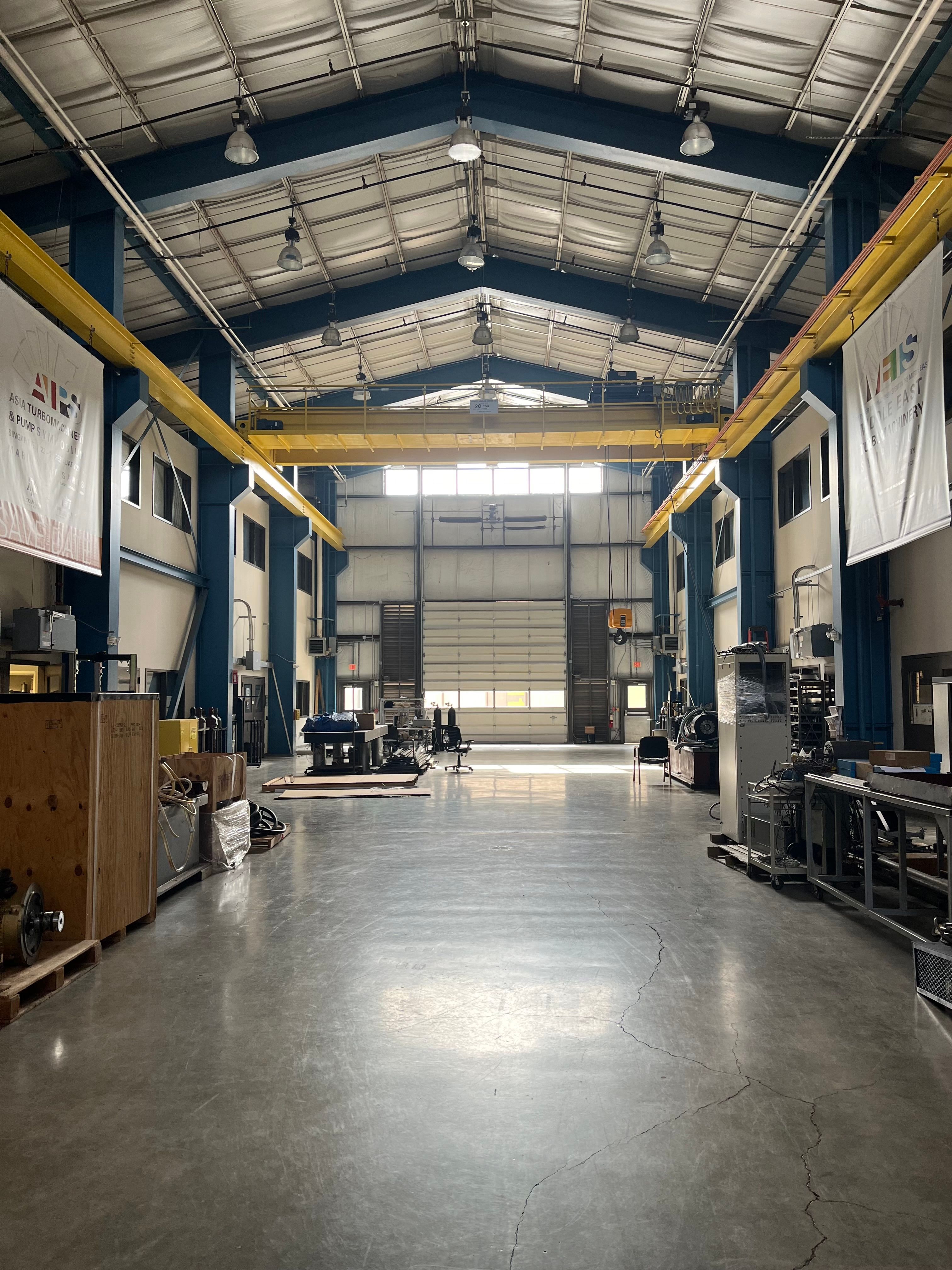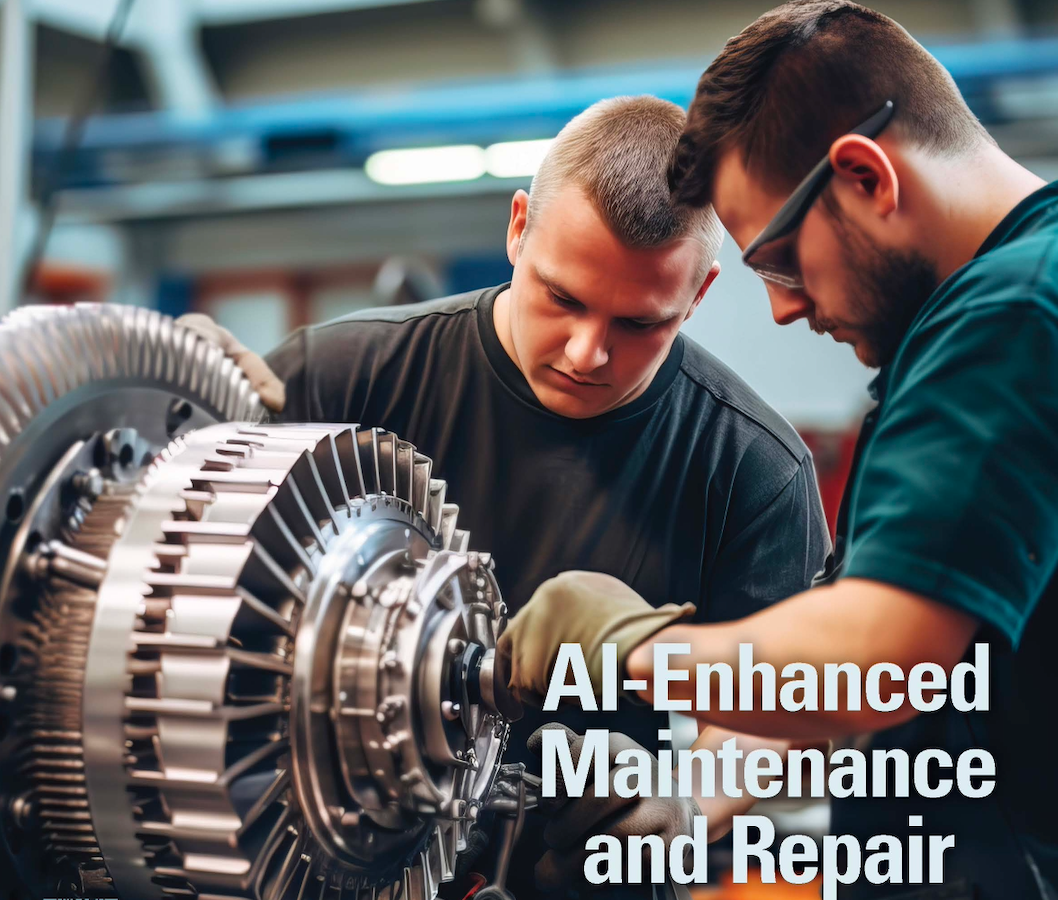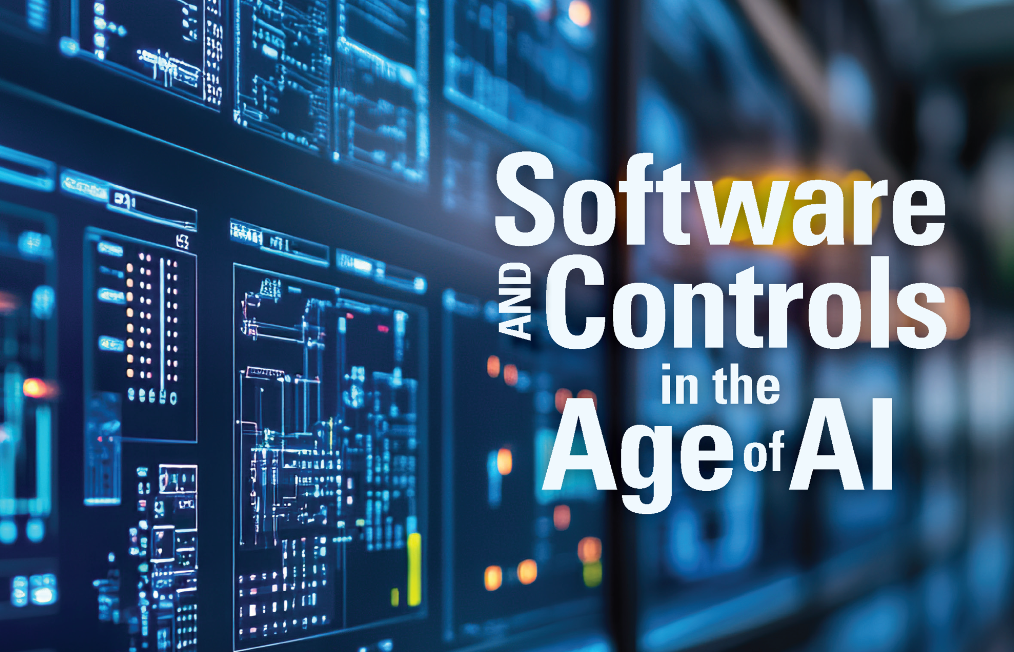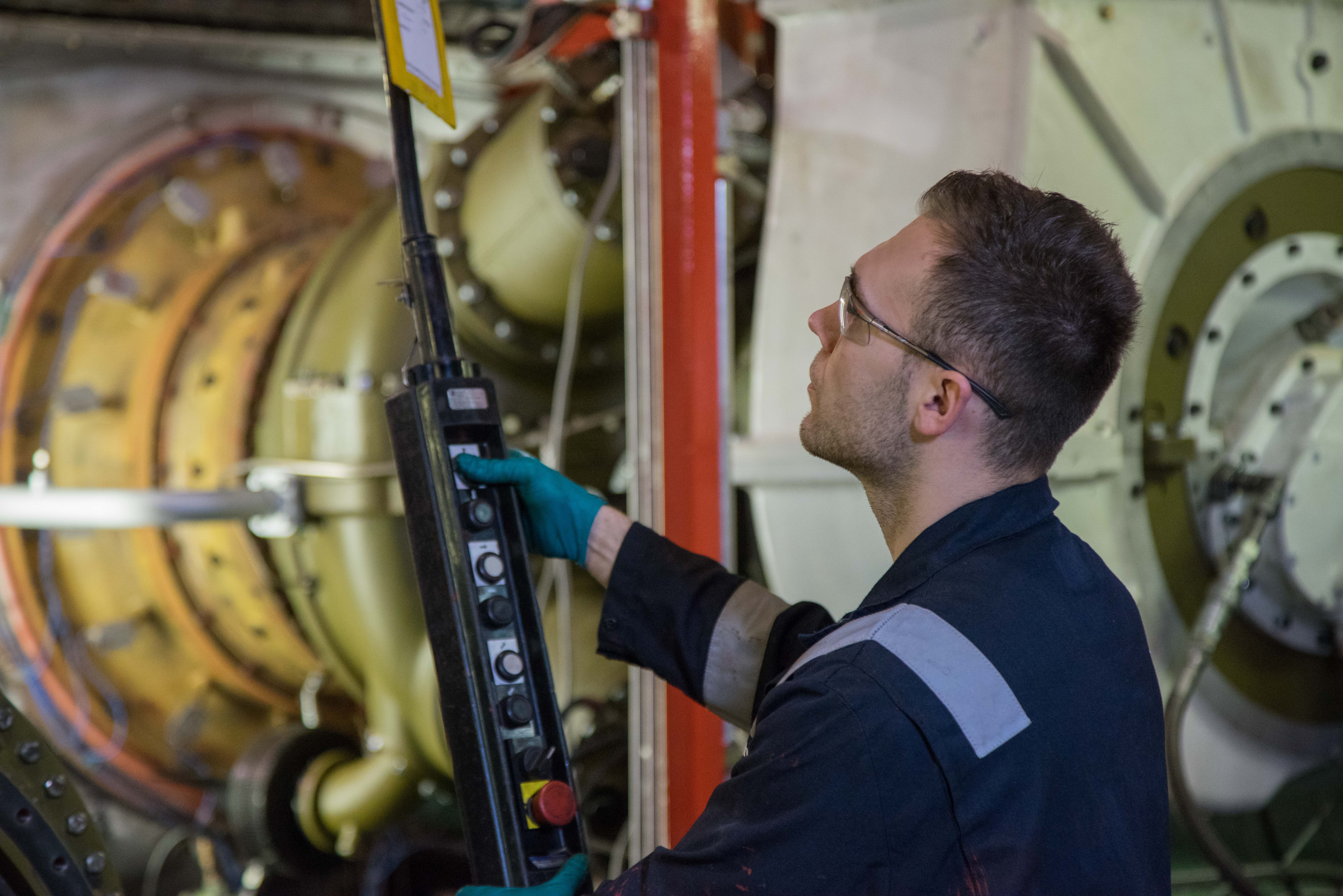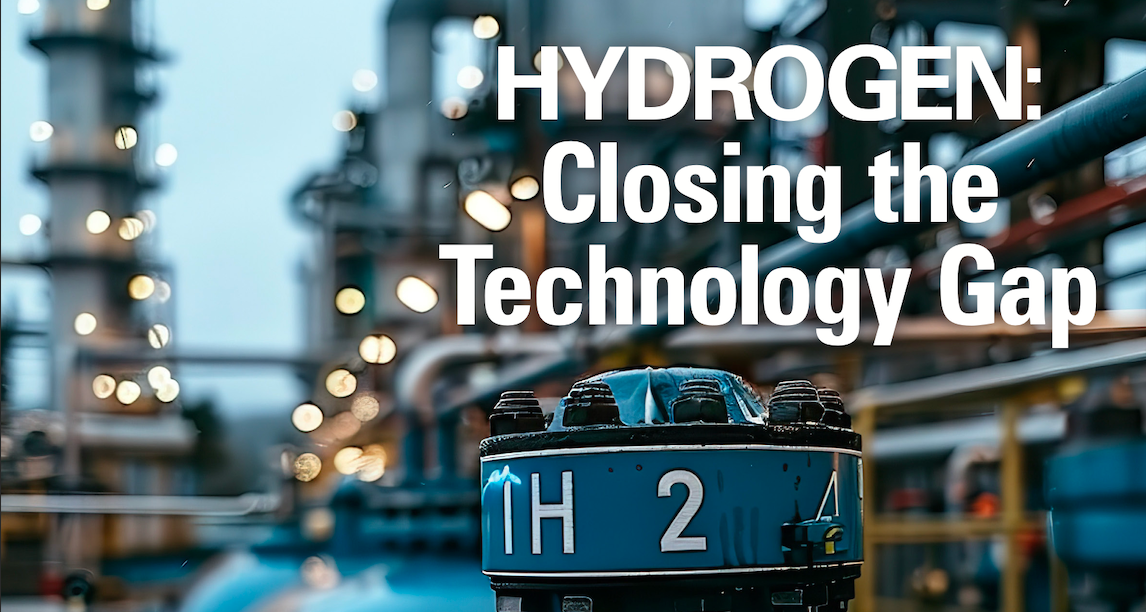Article
Celebrating Engineering Excellence
Author(s):
During the week of the annual PowerGen show in Orlando, Florida, I had the pleasure of visiting the Kennedy Space Center. It sits as a monument to the ingenuity of mankind, and a celebration of the wonders that engineers can perform.
Take the case of the Apollo program’s F1 engine built in the 1960s and capable of 1,500,000 pounds of thrust. Fueled by a form of kerosene and liquid oxygen, the propellants stored in the Saturn V’s first stage were driven down to the F1 combustion chamber by a 3,000-pound turbopump assembly.
A total of five F1s sat at the base of the Saturn V rocket. Four pre-burners ignited the propellants inside the chamber, expelling the gases into the engine nozzle at a rate of 1 million cubic feet per second. That’s what it took to launch the spaceship 40 miles into the air in 2.5 minutes during which it consumed 534,000 gallons of fuel (perhaps the EPA wouldn’t approve).
A few more salient facts about the Saturn V and the Apollo Program: the first stage produced around 160,000,000 hp; two stages could provide enough electricity to power New York City for 75 minutes; and the total engine thrust is greater than that generated by 213 F-18 jet fighters.
And that’s just one hangar within the complex. You can see a number of other colossal spaceships, space program exhibits and even experience 3Gs of force in a simulation of a Space Shuttle launch (by this summer, a Space Shuttle will also be on display).
My point? There appear to be few limits to what inventors, engineers and entrepreneurs can accomplish. The U.S. assembled 400,000 people to win the space race. While turbomachinery OEMs and their respective supply chain partners can’t quite match that level of intensity, they are doing a fine job in steadily advancing the state of the art.
Efficiency goals are continually set and attained. Emission levels have been reduced in spectacular fashion over the last two decades. And new technologies are being advanced such as supercritical CO2 turbines as covered by two new articles.
The range and versatility of our own industry is ably demonstrated inside the pages of our current issue. Such topics as fuel gas boosting, converting older plants to modern combined cycles, analysis of a compressor’s lateral rotor, integrally geared compressors, turbomachinery selection, control system retrofits and show reports from PowerGen and the ASME IGTI show in India, make this edition chock full of quality content.
In fact, we didn’t have nearly enough room to include everything available, which is another testament to the talent of turbomachinery professionals everywhere. For this issue, we have material from the U.S., India, Australia, Russia, Germany and more.
Meanwhile, we’re off to Florence, Italy, to find out the latest our industry has to offer in the oil & gas arena; and after that to the Western Turbine Users Conference in San Diego, California; and then to the Middle East Turbomachinery Symposium in Doha, Qatar.
It promises to be a busy and productive year — wishing you an enjoyable read.
Newsletter
Power your knowledge with the latest in turbine technology, engineering advances, and energy solutions—subscribe to Turbomachinery International today.
